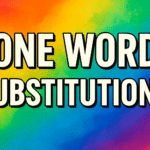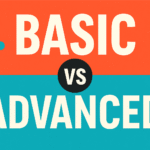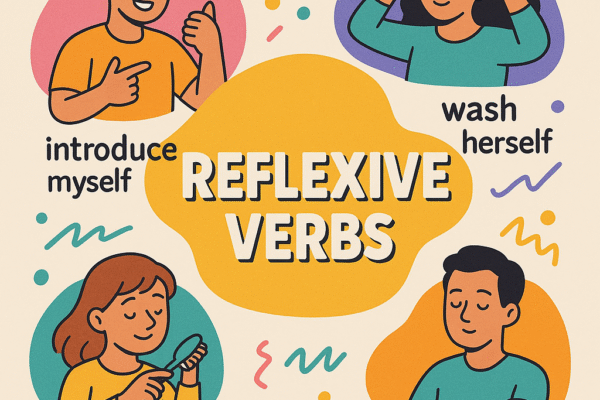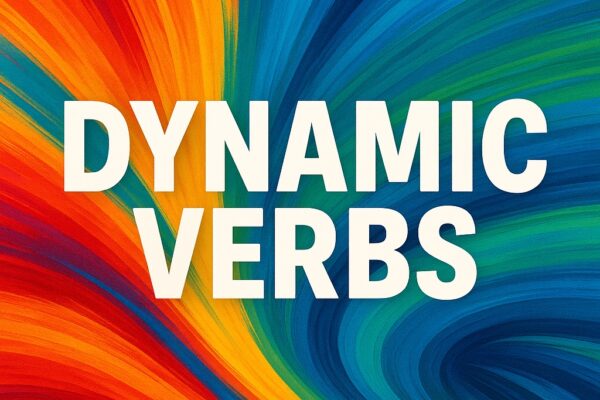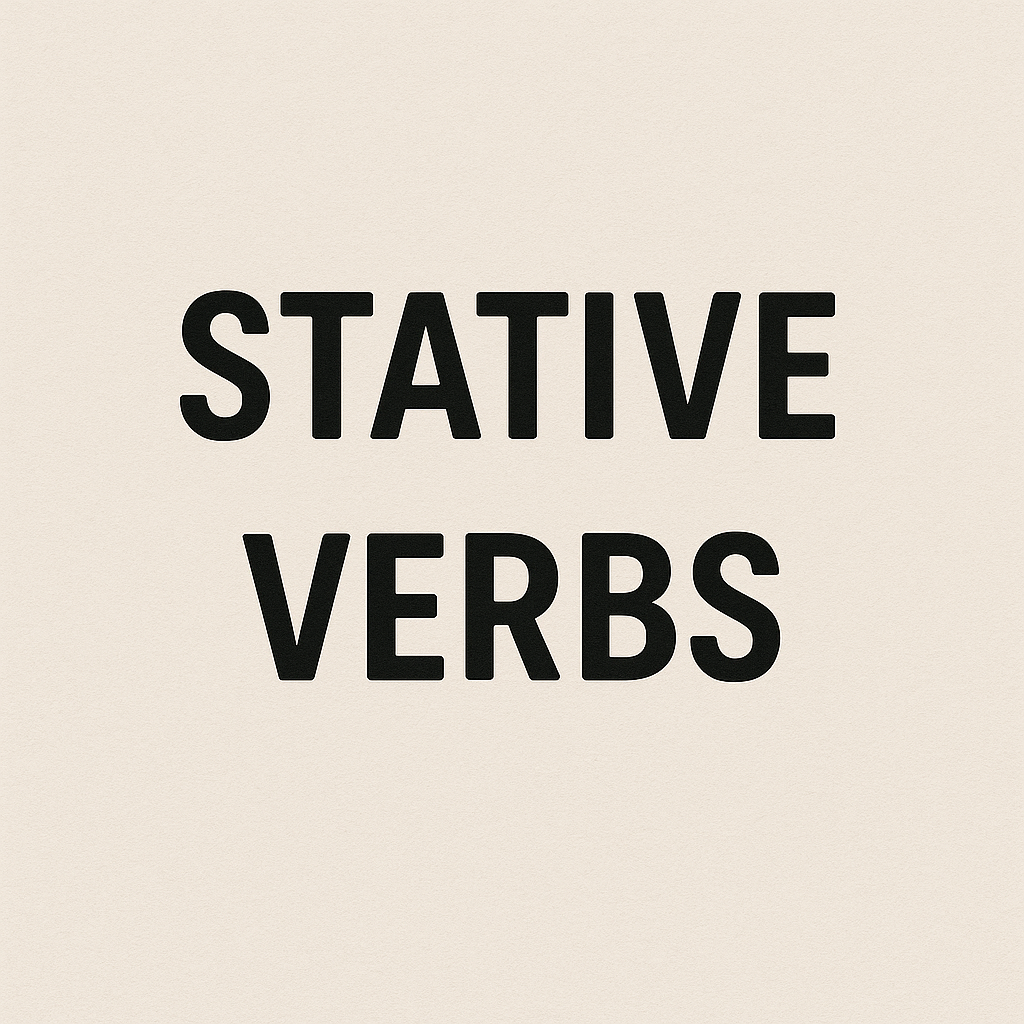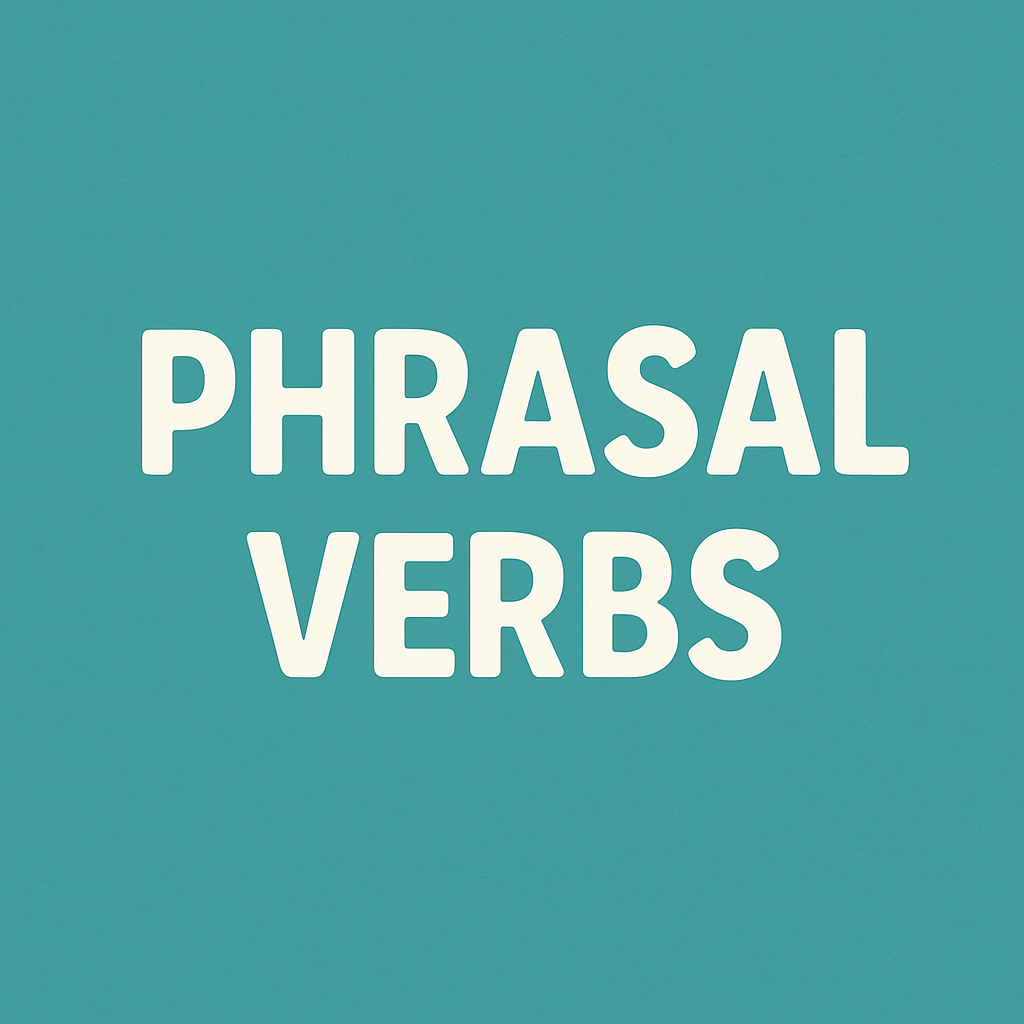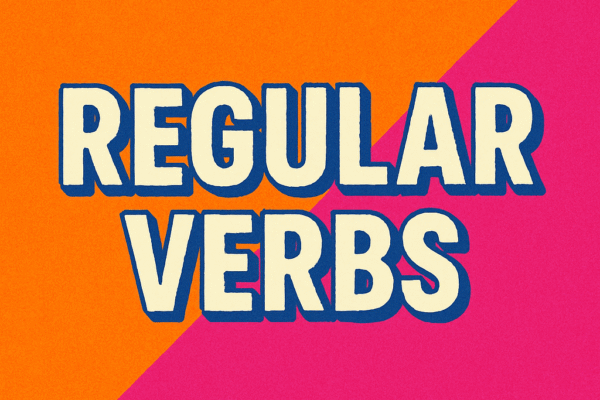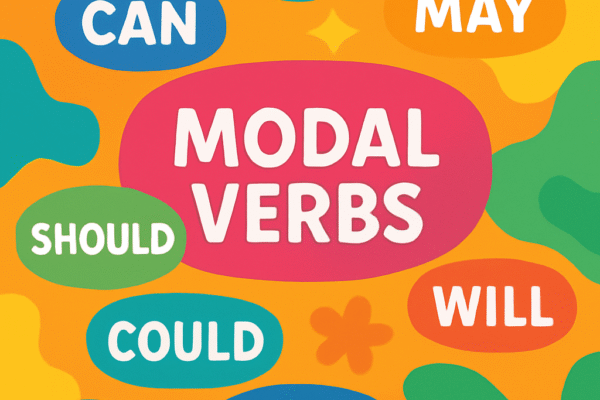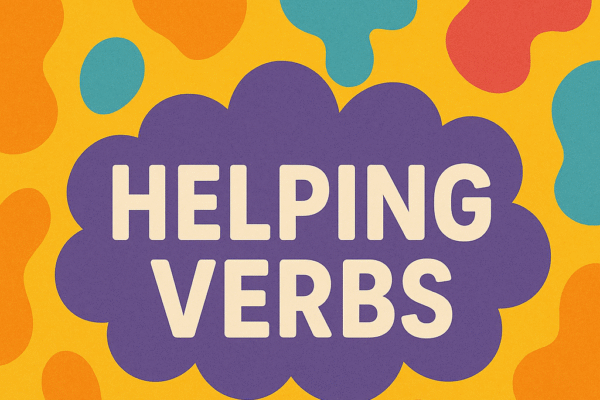
Nonfinite Verbs: Unlocking Their Uses in Sentences
A nonfinite verb is a verb form that does not function as the main verb in a sentence and does not show tense, person, or number. Unlike finite verbs, which are limited by subject and tense (e.g., “She walks,” “He is running”), nonfinite verbs are not bound by these grammatical categories and typically serve as…


